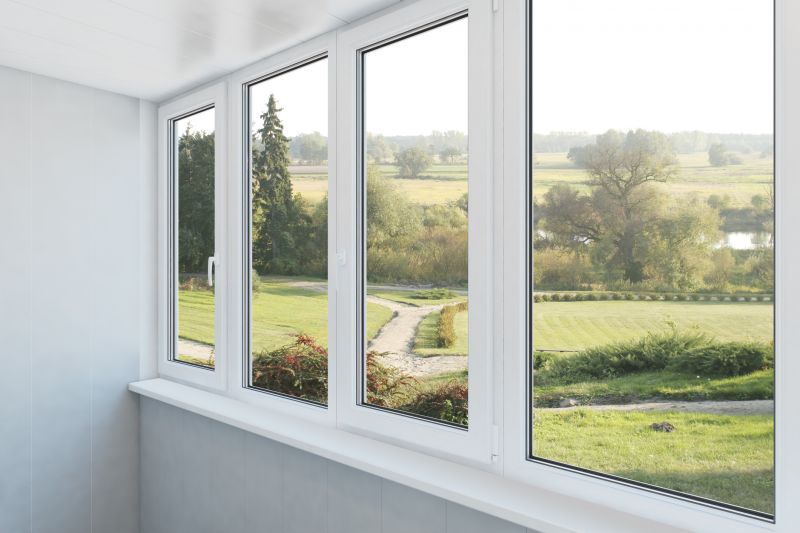Optimal Timing for Window Installations
Windows installations are most effective when scheduled during periods of low system demand and minimal user activity. Proper timing can reduce disruptions and ensure optimal performance during setup. Understanding the ideal time for installation can enhance efficiency and minimize downtime.
Scheduling installations during evenings or weekends can minimize interference with daily operations and productivity.
Perform installations when the system is stable and free from ongoing updates or processes to prevent conflicts.
Aligning with scheduled maintenance periods ensures technical support availability and reduces unexpected issues.
Coordinate installations during planned downtime to streamline deployment and testing.

Technicians perform installations with minimal system downtime.

Timing updates during off-hours reduces user impact.

Pre-installation checks ensure compatibility and readiness.

Backing up data before installation safeguards information.

Verifying system functionality after setup ensures smooth operation.

Strategic scheduling reduces operational interruptions.

Informing users about scheduled installations improves coordination.

Support during planned windows assists with troubleshooting.

Scheduling during low-demand times optimizes resource use.
| Optimal Time Frame | Advantages |
|---|---|
| Evenings and Weekends | Minimizes disruption to daily operations. |
| Scheduled Maintenance Windows | Ensures support availability and planned downtime. |
| Off-Hours (Late Night) | Reduces user impact and system conflicts. |
| Low Business Seasons | Prevents interference with peak activities. |
| Early Morning Hours | Allows system readiness before peak usage. |
| After System Updates | Prevents conflicts with ongoing updates. |
| During IT Maintenance Periods | Aligns with existing support schedules. |
| Before Major Business Activities | Prepares systems ahead of critical operations. |
Windows installations are a critical component of maintaining system security, performance, and compatibility. Proper timing ensures that updates and setups do not interfere with daily workflows, reducing potential downtime and technical issues. Regularly scheduled installations during optimal periods can lead to smoother operations and improved system stability.

Technicians carefully execute installation steps.

Ensuring readiness before starting the process.

Adjusting settings for optimal performance.

Verifying all functions operate correctly.
Scheduling Windows installations at the right time can significantly improve system performance and user experience. Proper planning and timing help prevent conflicts, reduce downtime, and ensure a secure and efficient computing environment. For organizations looking to upgrade or deploy new systems, understanding the optimal timing is essential for success.

Support available during scheduled installation windows.

Protects data integrity during updates.

Ensures users are prepared for scheduled updates.

Ways to make Windows Installations work in tight or awkward layouts.

Popular materials for Windows Installations and why they hold up over time.

Simple add-ons that improve Windows Installations without blowing the budget.

High-end options that actually feel worth it for Windows Installations.

Finishes and colors that play nicely with Windows Installations.
Interested in scheduling Windows installations at the most suitable times? Filling out the contact form can help coordinate the process efficiently, ensuring minimal disruption and optimal system performance.

